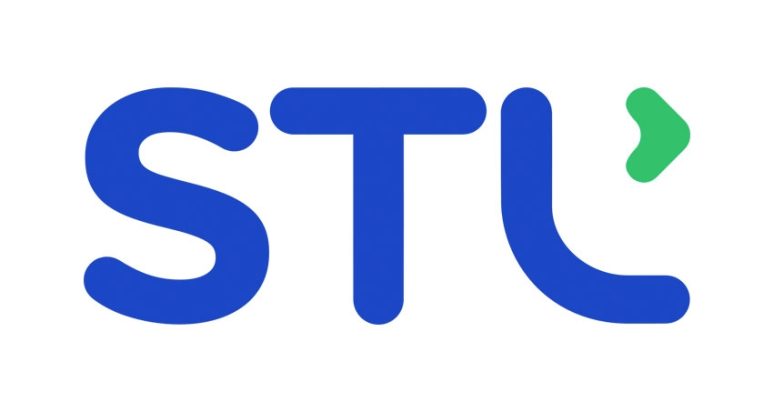
What trends are you noticing developing in the industry at the moment?
The massive surge in bandwidth demand over the last few months has triggered digital adoption across businesses and industries like never before. The numbers are staggering – 700 per cent growth in the use of video conferencing applications; 50 per cent growth in video streaming and this is reflected in the increased demand for FTTx services.
Verizon’s Fios saw installs reach a five-year high last quarter. This growth underscores the urgent need for new optical fibre network creation. So, we are seeing investments in building and upgrading networks increase substantially. This is for both backhaul and access networks.
Some countries, where spectrum allocation is done, are pushing towards increased 5G network coverage whereas others like India and many parts of Europe with low fixed line broadband penetration, are increasing investments in wireline networks.
There is also visibly increased activity around Fixed-Mobile-Digital convergence. For example, deals such as the O2 and Virgin Media in the UK and others in different parts of the world show that network convergence is clearly being taken quite seriously.
What role does fixed-line fibre connectivity have to play in delivering ubiquitous, gigabit connectivity?
Broadband connectivity is currently enjoying new-found appreciation amongst customers, operators and governments globally. Data consumption patterns are undergoing an unprecedented and irreversible change right now. As data traffic has moved away from commercial centres to suburbs, high bandwidth and low latency is becoming essential to run enterprise-grade connectivity from homes.
Optical fibre is the foundation on which these high-speed data networks are being built. Its most important role is to enable and support the seamless transition to the new way of doing things. A full-fibre infrastructure will be the only enabler for bringing ubiquitous gigabit-grade connectivity for wide digital solutions and last-mile connectivity.
How can telcos scale their FTTH offering to go beyond 1Gbps services?
Demand for gigabit services and beyond, will continue to drive fibre deployment. Operators are not only offering 1 Gbps services but are also eyeing the path to 10 Gbps either via XGS-PON or NG-PON2.
XGS-PON which enables 10 Gbps symmetrical capacity per port, has seen a steady rise in commercial adoption over the last 1-2 years. NG-PON2, with 40 Gbps symmetrical speed, is already undergoing trials and once it is fully operational, it will provide a higher bandwidth version of GPON. It will also enable newer capabilities like wavelength mobility and channel bonding.
However, the cost of active components and technology migration challenges remain major deterrents and need to be addressed soon in order to make economic sense.
Do you see much appetite for ultra high-speed services from consumers around the world?
Yes, the appetite for ultra high-speed services is growing at an accelerated rate. Historically, year-on-year bandwidth demand has always beaten our most optimistic projections.
With governments realigning broadband targets and rules, and with most telcos keenly looking at providing end-to-end digital solutions covering cloud, applications, connectivity and expediting related investments, 10 Gbps will soon become the norm.
Further, in many sectors, enterprises have started migrating their networks from 10 – 25 Gbps towards 40–100 Gbps connectivity. Residential broadband providers too have started the NG-PON2 trials which will enable 40 Gbps symmetrical bandwidth for home broadband services.
We know that there can be “no 5G without fibre” but what role will fibre-based infrastructure play in fast tracking 5G mobile services across the region?
5G will require ten times more cell towers and antennae as compared to 4G. Each one of these will need to be connected via fibre. Also, 5G will have significant dependence on fixed-line networks for wi-fi offload, as the higher frequencies do not penetrate buildings adequately.
This clearly shows that fast-tracking 5G mobile services across the region will be dependent on how fast we can deploy fibre networks.
And operators across the globe are moving in that direction. Backhaul networks are being fiberised as microwave will no longer be able to handle it; access networks are being fiberised to ensure deep fiberisation; operators are deploying higher fibre count cables to meet not just current demand but also prepare for future demand growth.
Should regulators in the Middle East and Africa region consider implementing a mandatory “copper switch off” date for their legacy infrastructure, to encourage investment in fibre?
Ideally, yes. Fibre is the technology of the future and sunsetting legacy technologies will bring operational efficiencies and cost savings to operators.
However, considering the huge disparity in fibre deployment across the region a mandatory ‘copper switch-off’ may not be possible in the near future. In the MEA region, while UAE and Qatar top the chart with more than 90 per cent penetration, there are a number of countries that have fibre penetration of less than 10 per cent.
Therefore, regulators will have to lay down switch-over roadmaps on a case-to-case basis after due consideration of their fibre adoption status, infrastructure gaps, and investment constraints.
You can hear how full fibre connectivity will help the Middle East turbo charge its response to the Covid 19 pandemic in our exclusive webinar, in association with STL. You’ll hear expert insight from STL’s Business Head for the Middle East and Africa, Rahul Puri, Etisalat’s VP for Digital Technology, Nasser Abayed and BCG’s telecoms analyst Christian Bartosch, as they debate the challenges and opportunities for operators surrounding their full fibre network rollouts.














Leave a comment